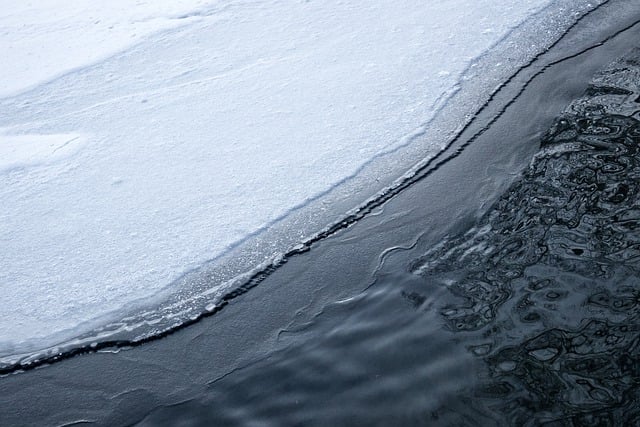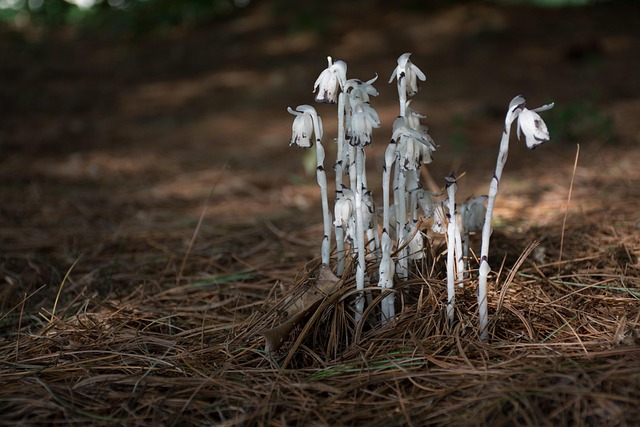Pipes freezing in winter can cause severe damage and costly repairs due to expanding ice pressure. The primary cause is temperature dropping below 32°F (0°C), affecting areas with poor insulation, older plumbing, or limited heat sources. To prevent frozen pipes, insulate exposed pipes, apply heat tape, check for leaks, and keep cabinet doors open around pipes. In extreme weather, also insulate at perimeter and ground levels, keeping cabinet doors slightly ajar under sinks. These measures significantly reduce the risk of pipe freezing. (How to Prevent Frozen Pipes)
Frozen pipes can cause significant damage to your home, leading to costly repairs and inconvenient disruptions. Understanding the root causes of frozen pipes is the first step in preventing this wintertime nuisance. This article guides you through proactive measures, offering seven effective ways to keep your pipes from freezing. We’ll explore essential tips for maintaining pipe health during extreme weather conditions, empowering you to safeguard your home from potential plumbing disasters. Learn how to prevent frozen pipes and protect your investment today.
- Understanding the Problem: Why Pipes Freeze and the Damage They Cause
- Proactive Measures: Seven Effective Ways to Prevent Frozen Pipes
- Additional Tips for Maintaining Pipe Health During Extreme Weather Conditions
Understanding the Problem: Why Pipes Freeze and the Damage They Cause

Pipes freezing is a common wintertime issue that can lead to severe damage if left unchecked. It occurs when water inside pipes turns to ice, expanding and putting immense pressure on the pipe’s walls. This expansion can cause pipes to burst, leading to not only significant water damage but also potential structural harm to homes. The resulting chaos can disrupt your daily routine and lead to costly repairs. Understanding this process is the first step in knowing how to prevent frozen pipes effectively.
The primary reason for pipe freezing is temperature drop below the point where water changes from a liquid state to a solid (32°F or 0°C). If left undisturbed, water inside pipes can remain at lower temperatures than external ones, leading to freezing. This problem is exacerbated in areas with poor insulation, older plumbing systems, or limited heat sources nearby. To combat this, implementing preventive measures such as proper insulation, regular heating, and strategic use of heat sources near pipes is crucial for maintaining pipe integrity during cold seasons.
Proactive Measures: Seven Effective Ways to Prevent Frozen Pipes

To prevent frozen pipes, it’s essential to take proactive measures that ensure your home remains protected during cold weather. Start by insulating exposed pipes in areas prone to temperature drops, such as attics and basements. This simple step acts as a barrier against sudden chill, keeping water flowing smoothly. Next, consider using heat tape or thermal insulation around pipes, especially those close to exterior walls or windows. These solutions provide consistent warmth, preventing ice formation.
Regularly checking your home’s plumbing system for any leaks is another effective way to prevent frozen pipes. Even minor drips can lead to significant water damage when temperatures drop. Addressing these issues promptly ensures your pipes remain in optimal condition. Additionally, keeping cabinet doors open around pipes allows warmer air to circulate, providing natural insulation. During extreme cold snaps, consider shutting off the main water supply and draining any remaining water from pipes to reduce the risk of freezing.
Additional Tips for Maintaining Pipe Health During Extreme Weather Conditions

To prevent frozen pipes during extreme weather conditions, consider a few additional tips. First, insulate exposed pipes in your home’s perimeter and below ground levels to create an extra layer of protection against cold air. This simple step can significantly reduce the risk of freezing.
Second, use heat tape or thermal insulation on pipes prone to freezing, especially those close to exterior walls or in unheated areas. Regularly check for any leaks in your plumbing system, as water seepage can exacerbate freezing issues. Additionally, keep cabinet doors under sinks slightly ajar during cold snaps to allow warmth from the house to reach the pipes inside. These minor adjustments can go a long way in maintaining pipe health and preventing costly frozen pipe damage.
Protecting your pipes from freezing is not just about avoiding costly repairs; it’s a proactive step towards ensuring your home’s longevity and comfort. By implementing these seven effective ways to prevent frozen pipes, you can rest easy knowing your plumbing system is prepared for any cold snap. Embrace these measures as part of your routine home maintenance, and you’ll foster pipe health, minimize damage, and keep your living spaces warm and secure throughout the winter months.
